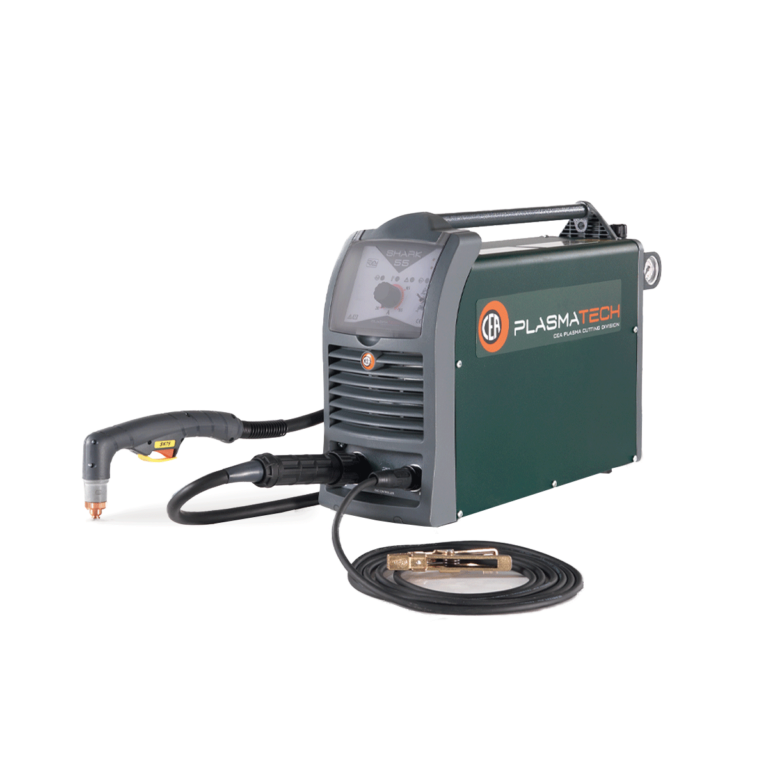4 best practices for a correct industrial machinery stock control

Stock control is an area that brings yawns to many, and while it may not be the juiciest topic or the most desirable of tasks, it is, nevertheless, essential to all companies. But don’t worry, I am here to make it easier for you! Although, in many ways, stock control is all about what works for you, there are some techniques that, if followed, can make your life a whole lot easier. Let’s take a look at them.
When you handle a warehouse, organisation is everything
Find out our 9 tips to manage your warehouse like a pro!
Get to know what type of inventory management fits your business
When you are managing a warehouse, it is your job to ensure that you know your inventory flow the best! It is only when you know all of the ins and outs of your industrial stock that you can make important decisions about it. So, first of all, don’t forget to think about which inventory management system is best for you. Now there are two principal types: a continuous review or a periodic review system. Let’s find out a little more about them.
The Continuous Review System: With this system, you normally order the same quantity of items with each order placed. It is important to monitor the inventory levels, and whenever the quantity of an item drops below a pre-set level, then you should replenish your stock.
The Periodic Review System: When using this system, you order products at the same time each period. At the end of each period, you use your quantity levels to make an informed decision about how many items need to be ordered. There are no set re-order levels for this type of system!
Those are the basic facts but before you make any decisions make sure to do your research!
It’s time to make your cycles count
Your inventory level primarily depends on the type and size of business that you run. For example, as an industrial machinery supplier, the amount of stock which you carry can vary greatly from that of a clothes manufacturer or even, a supermarket. Overall, the general rule is to keep stock levels low in order to lower costs of operation. In turn, cash flow increases because you don’t have the burden (or high costs) of maintaining stock for long periods of time. Keeping track of your inventory will help you know what stock levels would be the most beneficial to the flow of your industrial machinery business. You can track important data, including seasonality, sales patterns and past turnover to help you make more educated business decisions as you grow. So be sure to count, count and count again! Nothing is more important.
Go for quality
No matter what the business and no matter what the size, quality control is of the utmost importance and should be implemented as early as possible. Starting quality control procedures couldn’t be easier, it could be as simple as making a checklist that tells your employees hat to look out for when checking the goods they receive. For example: you could tell workers to check products for:
- Signs of damage
- Product colours, styles and sizes
When all employees know what they must look out for and what standards must be upheld, quality will naturally increase. If items don’t meet company standards, they know to return them to suppliers. This practice prevents unnecessary increase in stock levels and employees will no longer offer customers substandard products. This makes your life a whole lot easier when you are doing the stock checks.
Optimise, optimise, optimise
At the core of any good inventory management is the knowledge of what you have in stock and managing it well. When inventory practices are put in place, you can then look to optimise these techniques and therefore, boost efficiency. It really can’t be stressed enough that optimisation strategies are crucial to your company’s success. Failure to execute proper inventory practices could result in any number of disasters including loss of customers, cuts in inventory, and eventually employee cutbacks. By making inventory control a priority, you will put yourself on the map. Just remember to constantly think about how you could make your stock controls better (this is the key to success).
Well, there you have it some techniques to get you started on the road to success with stock control!
{{cta('930c0491-34ed-46e0-8f18-d8b541b92651','justifycenter')}}






